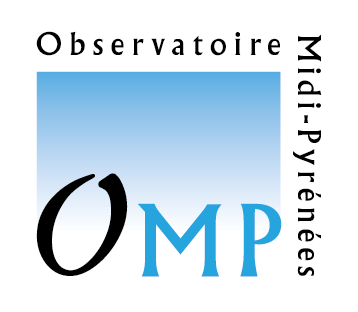High angular resolution polarimetric imaging of the nucleus of NGC 1068
Résumé
Context. Polarisation is a decisive method to study the inner region of active galactic nuclei (AGNs) since, unlike classical imaging, it is not affected by contrast issues. When coupled with high angular resolution (HAR), polarisation can help to disentangle the location of the different polarising mechanisms and then give insight into the physics taking place in the core of AGNs.Aims. We obtained a new data set of HAR polarimetric images of the archetypal Seyfert 2 nucleus of NGC 1068 observed with SPHERE/VLT. We aim in this paper to present the polarisation maps and to spatially separate the location of the polarising mechanisms, thereby deriving constraints on the organisation of the dust material in the inner region of this AGN.Methods. With four new narrow-band images between the visible and the near-infrared combined with older broad-band observations, we studied the wavelength dependence of the polarisation properties from 0.7 to 2.2 μm of three selected regions within the inner 2″ surrounding the central engine. We then compared these measurements to radiative transfer simulations of scattering and dichroic absorption processes, using the Monte Carlo code MontAGN.Results. We establish a detailed table of the relative importance of the polarising mechanism as a function of aperture and wavelength. We are able to separate the dominant polarising mechanisms in the three regions of the ionisation cone, the extended envelope of the torus, and the very central bright source of the AGN. Thus, we estimate the contribution of the different polarisation mechanisms to the observed polarisation flux in these regions. Dichroic absorption is estimated to be responsible for about 99% of the polarised flux coming from the photo-centre. However, this contribution would only be restricted to this location because the double-scattering process would be the most important contributor to polarisation in the equatorial plane of the AGN and single scattering is dominant in the polar outflow bi-cone.Conclusions. Even though results are in good agreement with larger apertures measurements, the variety of situations with different mechanisms at play highlights the importance of spatial resolution for the interpretation of polarisation measurements. We also refine the estimation of the integrated optical depth in the visible of the obscuring structure to a range of 20−100, constraining the geometry of the inner region of this AGN.
Origine : Publication financée par une institution

